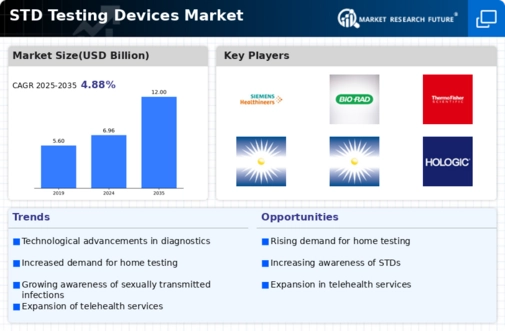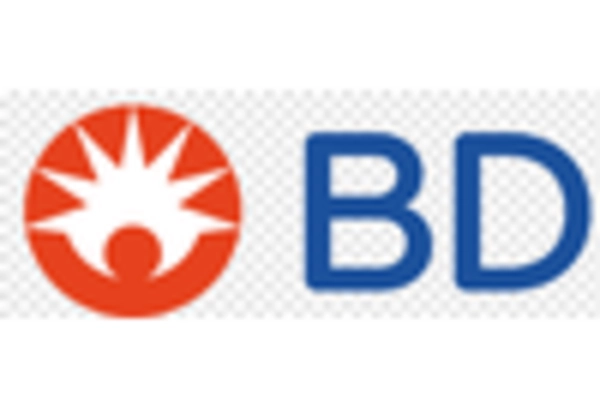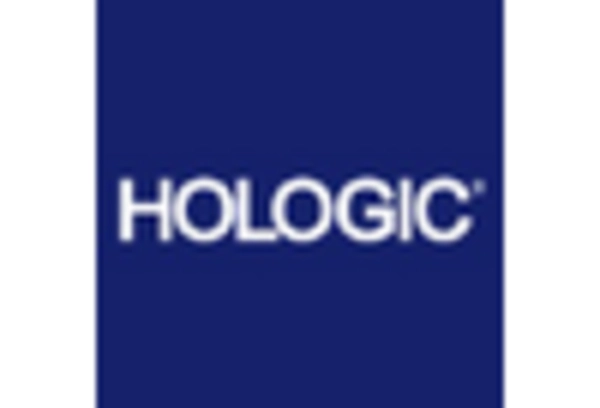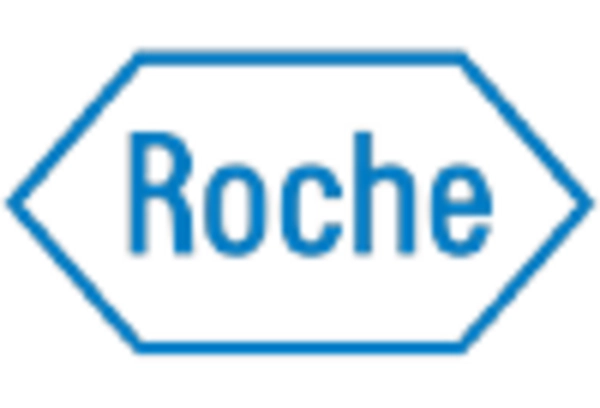Market Trends
Key Emerging Trends in the STD Testing Devices Market
The STD testing devices market is experiencing a notable trend towards at-home testing solutions. Increased awareness of sexual health, coupled with the convenience and privacy offered by at-home testing kits, has led to a surge in their popularity. This trend reflects a shift in consumer preferences towards self-administered tests for sexually transmitted diseases. Trends are apparent throughout the market of STD testing devices all majorly due to the developments in the technology. The growth of technologies that are both rapid and highly-sensitive for STD diagnostics; such as nucleic acid amplification tests (NAATs) aids in better speed and accuracy of STD diagnosis, facilitating immediate action. Multiplex testing that allows screening for more than one STD in a single test is becoming popular. This direction meets the requirement of universal panel screening, especially in the populations prone to multiple diseases. Efficiency, cost saving, early diagnosis and treatment are all captured by multiplex testing. The responsiveness of the rapid development of North American-based testing kits for STD to the LGBTQ++’s inclusivity and by promoting the devices a wider market in other countries through advertisement. The relevant trend focuses on customizing testing solutions to fit the unique demands and fears of the LGBTQ+ community. The inclusivity is highly crucial for provision of contextually appropriate and culture-sensitive testing alternatives. The introduction of telehealth services has changed the face of the STD testing, radically. Online consultation, test kit delivery, and result reporting are soon becoming part of the established telehealth platforms that allow testing even when a global health crisis takes place making remote healthcare solutions a necessity. A recent trend is the collaboration of manufacturers with the retail or online platforms. With the distribution of STD testing devices through pharmacies to e-commerce platforms and across retail outlets, manufacturers are making availability easier for a wider consumer base, reduce stigma, and encourage frequent testing. This is done to emphasize on friendly designs for devices STD testing. They help in the simplified sample collection processes, clear instructions, and easy interpreted results which contributes to better user experience. The objective of this trend is to ensure that as many people as possible are proactively taking charge of regular testing; this would promote a proactive approach to sexual health. The inadequacy in regular STD testing on the part of patients has not gone unnoticed by the market; rather campaigns and educational measures that promote this type of testing are growing by the day. In terms of the global anti-stigma campaigns efforts, stigma reduction campaigns both online and educational programs, targeting eradication of stigma, increase of knowledge on STDs and improvement of the sexual culture of responsible practices. The direction towards the global health more specifically against the spread of STDs in the global-wideness has been developing under tremendous efforts. The efforts at the global level see international organizations, governments, and nonprofits working to make testing equipment more available, especially in high prevalence regions, influencing a unified undertaking to overcome sexually transmitted infections. The integration of artificial intelligence is emerging as a trend in the STD testing devices market. AI algorithms are being employed for data analysis, result interpretation, and risk assessment. This not only enhances the accuracy of diagnosis but also contributes to personalized risk assessments and recommendations for preventive measures.

















Leave a Comment